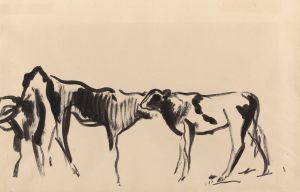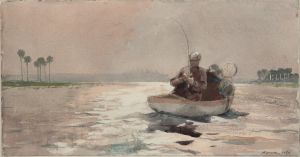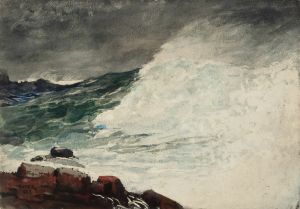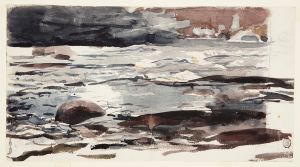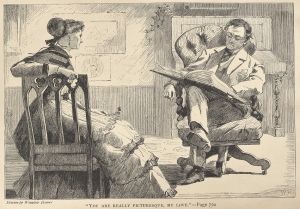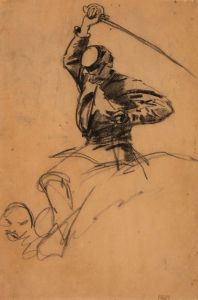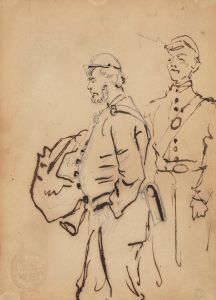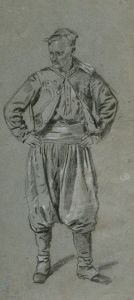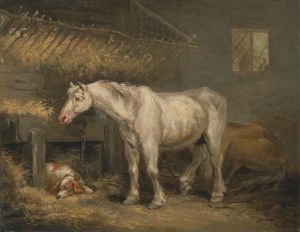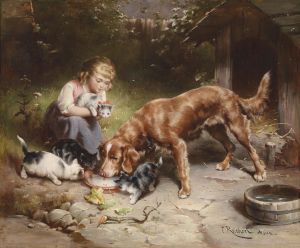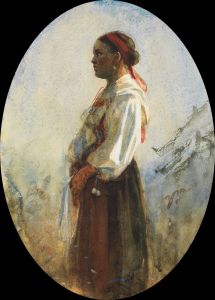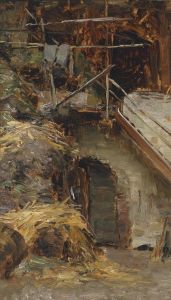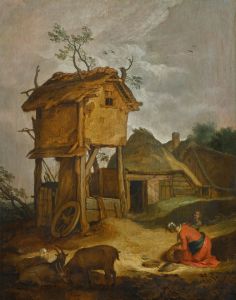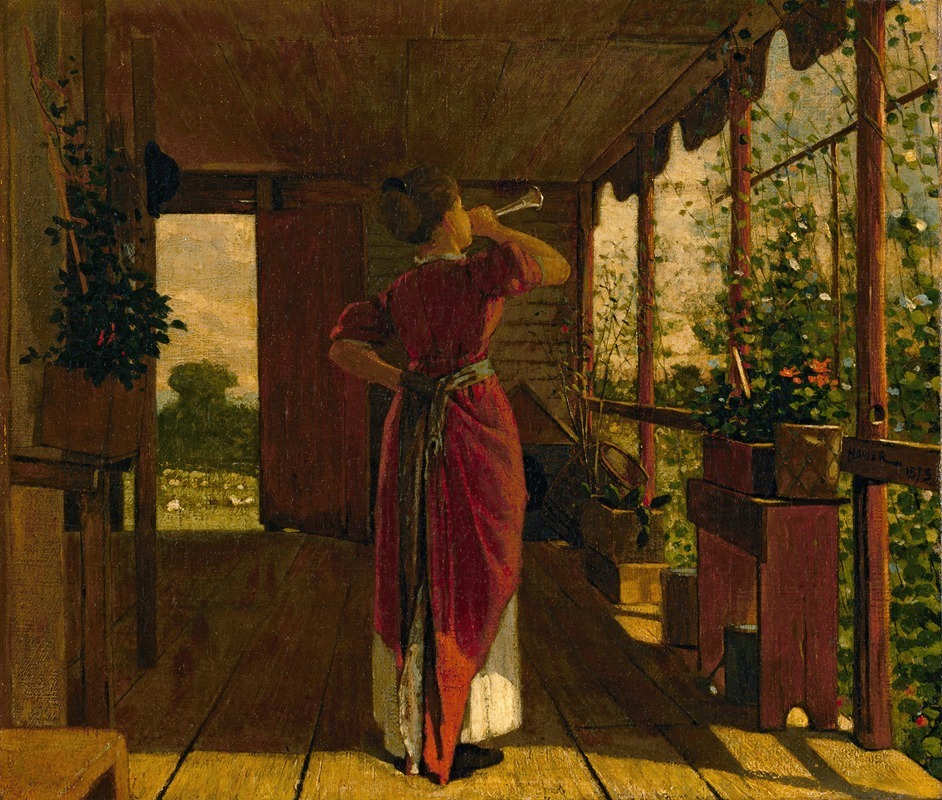
The Dinner Horn
A hand-painted replica of Winslow Homer’s masterpiece The Dinner Horn, meticulously crafted by professional artists to capture the true essence of the original. Each piece is created with museum-quality canvas and rare mineral pigments, carefully painted by experienced artists with delicate brushstrokes and rich, layered colors to perfectly recreate the texture of the original artwork. Unlike machine-printed reproductions, this hand-painted version brings the painting to life, infused with the artist’s emotions and skill in every stroke. Whether for personal collection or home decoration, it instantly elevates the artistic atmosphere of any space.
Winslow Homer, an American painter renowned for his landscape and marine subjects, created "The Dinner Horn" in 1870. This painting is a notable example of Homer's work during a period when he was transitioning from his earlier career as an illustrator to becoming a full-time painter. "The Dinner Horn" is an oil on canvas painting that reflects Homer's interest in rural American life and his ability to capture the essence of everyday scenes with a sense of realism and emotional depth.
"The Dinner Horn" depicts a young woman standing in a field, blowing a horn to call workers in from the fields for dinner. The setting is a pastoral landscape, characterized by its simplicity and tranquility, which was a common theme in Homer's work during this period. The painting is notable for its composition and use of light, which highlights the figure of the woman against the expansive sky and rolling fields. The woman's posture and the flow of her dress suggest a gentle breeze, adding a dynamic quality to the otherwise serene scene.
Homer's use of color in "The Dinner Horn" is subtle yet effective, with a palette that emphasizes the natural tones of the landscape. The sky is depicted in soft blues and whites, while the fields are rendered in varying shades of green and brown, capturing the essence of the American countryside. The woman's dress, in contrast, is painted in a light color that stands out against the darker hues of the background, drawing the viewer's attention to her central role in the composition.
This painting is an example of Homer's ability to convey a narrative through his work. The act of blowing the dinner horn is a simple yet significant moment, symbolizing the rhythm of rural life and the connection between people and the land. It reflects Homer's interest in themes of labor, community, and the changing American landscape during the post-Civil War era.
"The Dinner Horn" is part of a broader body of work by Homer that explores similar themes. During the late 1860s and early 1870s, Homer produced several paintings that focused on rural life and the daily activities of women and children. These works are characterized by their attention to detail and the artist's ability to capture the subtleties of light and atmosphere.
Today, "The Dinner Horn" is held in the collection of the Addison Gallery of American Art at Phillips Academy in Andover, Massachusetts. It remains an important piece in understanding Winslow Homer's development as an artist and his contribution to American art. The painting exemplifies his skill in portraying the American experience with authenticity and emotional resonance, making it a valuable work for both art historians and enthusiasts alike.





